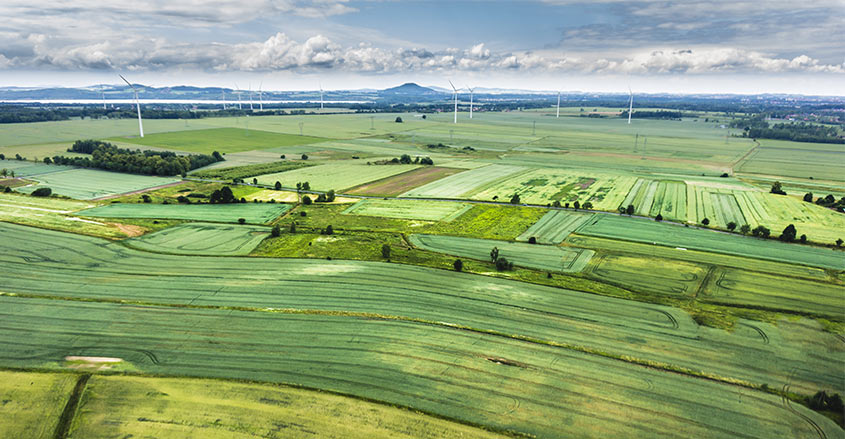The agricultural trade war between the United States and China has exacerbated American farm bankruptcies to levels unseen since 2011.
According to the American Farm Bureau Federation, the country’s largest farm advocacy organization, around 580 farms filed for Chapter 12 bankruptcy from January 2019 to September 2019.
Businesses must repay creditors within five years of a Chapter 12 filing. That’s a 24% increase from 2018. In 2011, almost 680 farms filed bankruptcy.
All this because China is buying less agricultural goods, such as soybeans, corn, livestock, planting seeds, etc., than ever before.
In 2014, China bought more than $24 billion worth of American agriculture. That number fell to about $19 billion in 2017.
That was the same year that President Trump hit China with tariffs totaling 35% on almost $500 billion in Chinese imports.
China responded by canceling all future purchases of U.S. agricultural goods in 2017. In 2018, China, the fourth-largest export market for American farmers, bought just $9 billion of agricultural exports.
The incomes of American farmers dropped from $123 billion in 2013 to $63 billion in 2018. That is a 45% decrease in six years. More than 40% of the Chapter 12 farm bankruptcies filed in 2019 have occurred in states in the Midwest.
States hardest hit
As of September 2019, Wisconsin had 48 Chapter 12 filings. Georgia, Kansas, and Nebraska had about 37. Texas had 26 while Oklahoma had 17. Minnesota had 31 and Iowa, 24.
Meanwhile, California had 28 Chapter 12 filings and New York, 19. American farmers will accrue $416 billion in debts in 2019, the highest on record.
Since 2018, President Trump has approved about $30 billion in federal bailouts to help farmers. For context, President Obama approved a $12 billion bailout for car manufacturers affected by the 2008 financial global crisis.
About 90% of American farms are small farms generating $350,000 annually. About 3% of all farms generate $1 million or more annually and account for 40% of total production.
Corporate farms will receive the lion’s share of farm bailouts. Meanwhile, some small family-owned farms with less than 1,000 acres may get $20,000 in aid to cope with revenue losses of $50,000, or more, due to the Trump trade war.


